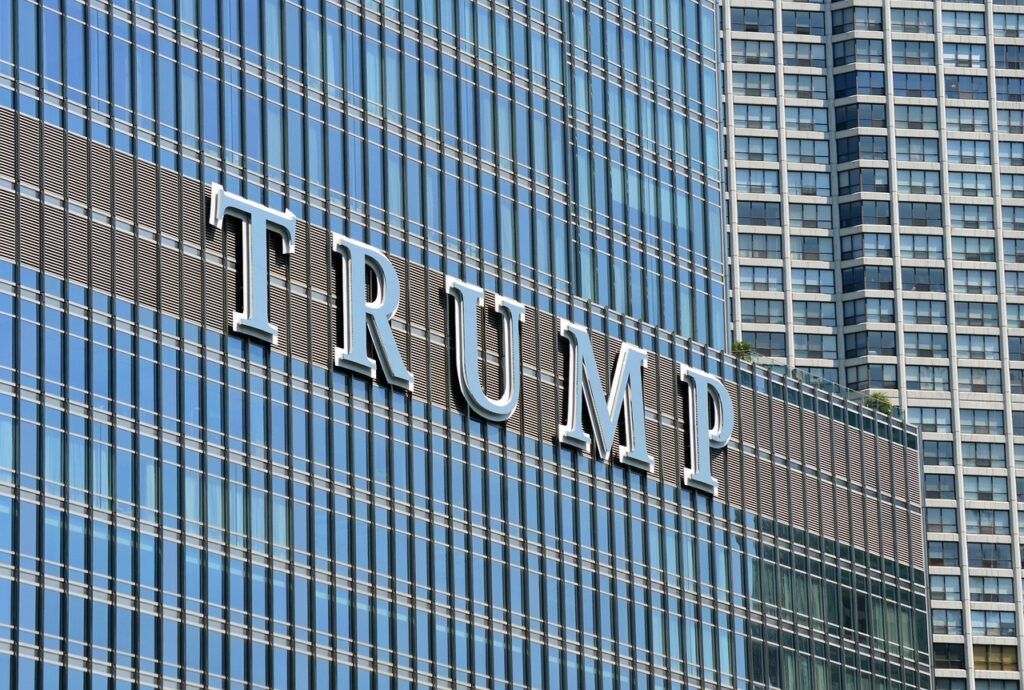Donald Trump Reduced Tariffs: A Strategic Move for U.S. Trade
Introduction
Background of Tariff Policy Under Trump
Reasons Behind the Tariff Reductions
Economic Pressure: U.S. businesses that relied on imported raw materials and components were feeling the financial strain of higher input costs. Lowering tariffs helped ease this burden and kept production lines running.
Trade Negotiations: Tariff reductions were also used as a bargaining chip in negotiations with trade partners like China, Mexico, and the European Union. By easing tariffs, Trump aimed to secure better deals for American exports.
COVID-19 Impact: The global pandemic in 2020 disrupted supply chains and increased the cost of essential goods. Reducing tariffs was seen as a necessary step to stabilize markets and support economic recovery.
Key Sectors That Benefited
Manufacturing: Industries dependent on steel, aluminum, and electronics components saw reduced costs, allowing for increased competitiveness.
Retail and Consumer Goods: Lower import taxes led to cheaper prices on electronics, clothing, and everyday items, benefitting American consumers.
Agriculture: By reducing retaliatory tariffs from trade partners, U.S. farmers gained better access to foreign markets.
International Reactions
Long-Term Implications
Conclusion
Subscribe to News Letter


